To celebrate scientists and scientific advancements, we have collected a list of the most famous medical laboratory scientists that will inspire us for the greater good.
When you think of the people who have changed the world, you probably don’t think about medical laboratory scientists. But these people have made incredible discoveries that have improved our lives.
In this article, we’ll learn about some of the most important medical laboratory scientists and their work to understand how they revolutionized medicine.
Let us know your thoughts in the comment below!
Table of Contents
Famous Medical Laboratory Scientists
#30. Almoth Wright (1861-1947): The Guy Who Popularized Autogenous Vaccines
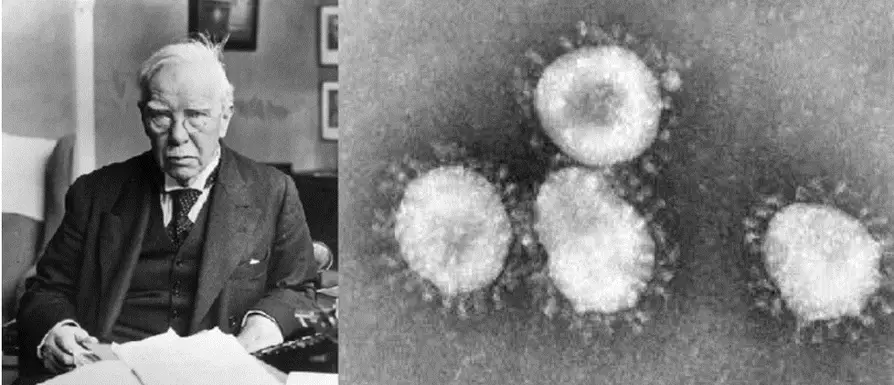
What makes Almoth Wright famous?
When you think of the word “vaccine,” you probably think of the doctor’s office and a needle. It turns out that vaccines are actually older than the United States itself.
So why are we talking about Almoth Wright? Well, because he was one of the first people to realize that bacteria could be used as medicine.
Wright was born in 1861 in England. He was interested in medical lab sciences from an early age. After graduating, Wright joined the British armed forces to work on immunology.
Wright pioneered the use of autogenous vaccines. Scientists make these medical substances from a person’s tissues or fluids.
[Source: Encyclopedia Britannica]
#29. James Lorrain Smith (1862-1931): The Person Behind The Innovative Idea That Saved British Soldiers During World War I
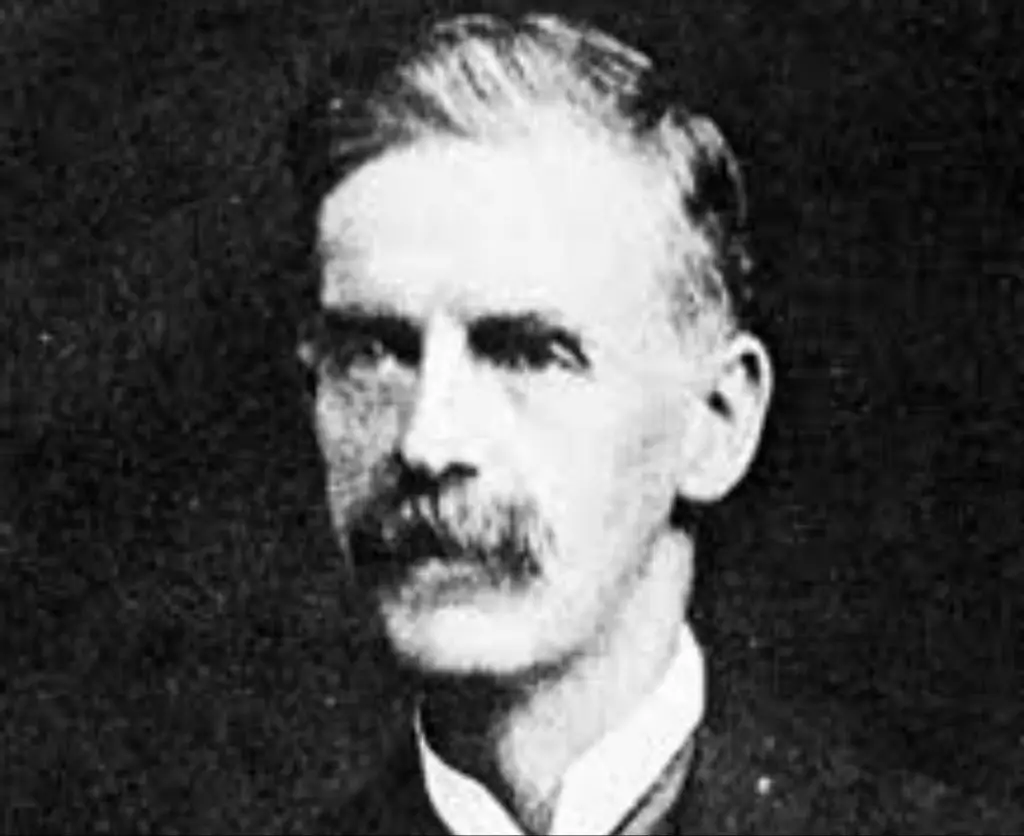
What makes James Lorrain Smith famous?
James Lorrain Smith was a Scottish pathologist who specialized in human physiology. He is best known for his work alongside John Scott Haldane, the father of the famous biologist J.B.S. Haldane.
James Smith & John Scott focused on respiration. These scientists studied how blood transports oxygen throughout the body.
Smith wasn’t just an expert on human physiology. He also played an integral role in helping develop gas masks during World War I.
He was instrumental in creating a charcoal gas mask to protect soldiers from poison gas attacks during battle. His idea ensured soldiers could breathe safely while continuing to fight for their country without fear of suffocation or death by chemical warfare agents.
[Source: Wikipedia]
#28. Hideyo Noguchi ( 1876-1928): The Man Whose Research Revolutionized Medicine
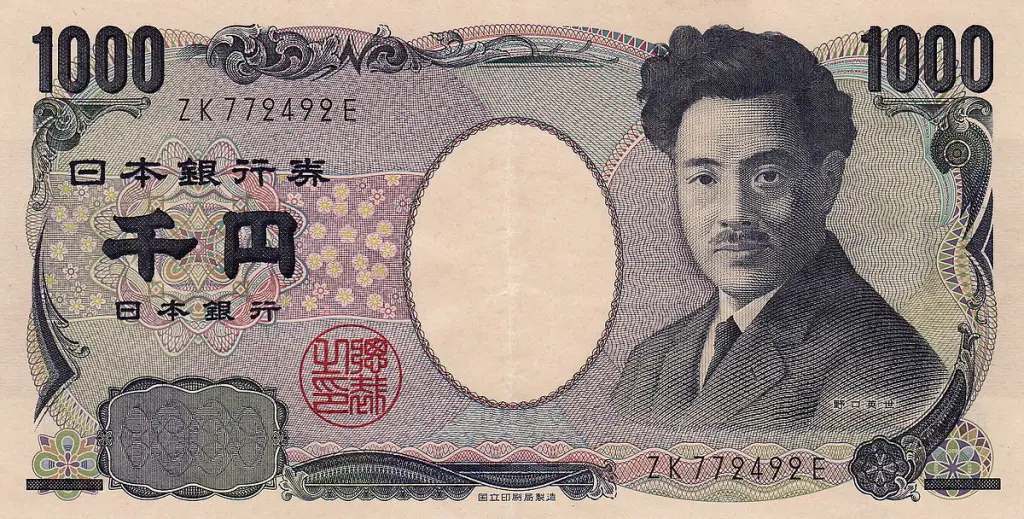
What makes Hideyo Noguchi famous?
Hideyo Noguchi was a Japanese bacteriologist who greatly impacted the world of science. He discovered that syphilis causes general paresis.
During his research, Noguchi realized that paresis patients had Treponema pallidum in their brains. He was able to isolate the bacteria and prove that it was syphilis.
This discovery helped to advance our understanding of how bacteria affect the human body and its health.
[Source: Encyclopedia Britannica]
Similar Articles:
- 17 Famous Earth Scientists That You Should Know
- 18 Famous Rocket Scientists That You Should Know
- 17 Famous Disabled Scientists That You Should Know
#27. Alexander Fleming (1881-1955): The Discoverer of Penicillin
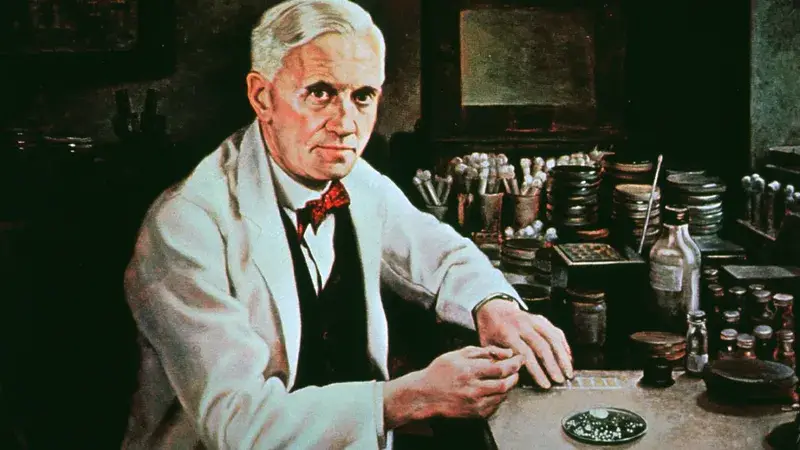
What makes Alexander Fleming famous?
Today, Alexander Fleming is best known for discovering penicillin, but his career and scientific contributions were much more complex.
Born in Ayrshire, Scotland, in 1881, Fleming was a Scottish physician who graduated from St. Mary’s Hospital Medical School. He was also an avid scientist, with a particular interest in bacteriology.
Fleming made no important scientific contributions until 1928, when he returned from vacation to find that a mold had contaminated one of his Petri dishes containing staphylococci.
This led him to identify penicillin as an antibiotic that could combat bacterial infections without harming people.
Alexander Fleming won the Nobel Prize in Physiology or Medicine in 1945 alongside Ernst Boris Chain and Howard Florey for his discovery of penicillin.
[Source: The Nobel Prize]
#26. Gerty Cori (1896-1957): The First Woman To Receive The Nobel Prize in Physiology or Medicine
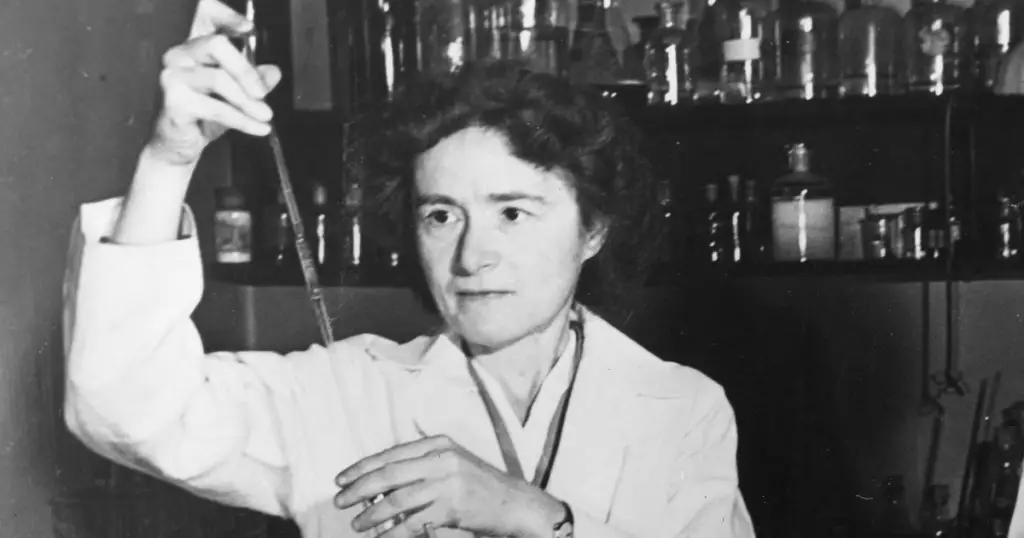
What makes Gerty Cori famous?
The story of Gerty Cori, the Austrian-Hungarian biochemist who later became a naturalized US citizen, is one of perseverance and ambition.
She grew up at a time when women had fewer opportunities in science. Even after setting her mind on medicine, Cori couldn’t secure admission. She didn’t meet the requirements. After a home-school period, Gerty Cori gained admission to a medical school in Prague.
Gerty worked alongside her husband, Carl F. Cori, and Bernardo Houssay on carbohydrate metabolism. This is the process by which cells break down sugars and store them as energy. In 1947, they shared the Nobel Prize in Physiology or Medicine for their work on glycogen metabolism.
[Source: The Nobel Prize ]
#25. Ronald Ross (1857-1932): The First British Nobel Laureate
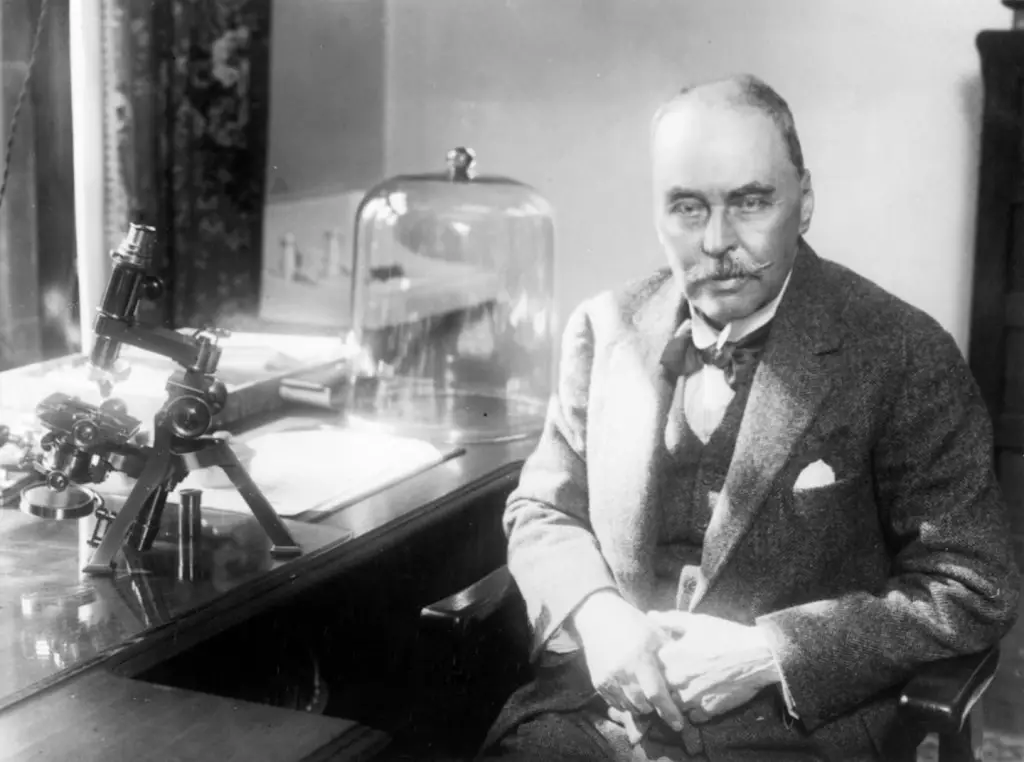
Similar Articles:
- 18 Famous Swedish Scientists That You Should Know
- 15 Famous Taiwanese Scientists That You Should Know
- 16 Famous Sport Scientists That You Should Know
What makes Ronald Ross famous?
Ronald Ross was the man who discovered that mosquitoes transmit malaria parasites. His discovery gained him international fame.
Over many years of painstaking work, he developed experimental models for testing his hypothesis concerning malaria. By 1898 he had shown conclusively that Anopheles mosquitoes were responsible for transmitting malarial parasites through their saliva when they bite people.
This groundbreaking discovery changed how scientists view malaria. It led to the development of antimalarial drugs that saved millions.
Ronald Ross received the 1902 Nobel Prize in Physiology or Medicine for his contributions to medicine.
[Source: The Nobel Prize]
#24. Godfrey Hounsfield ( 1919-2004): The Co-Developer of CT Scan
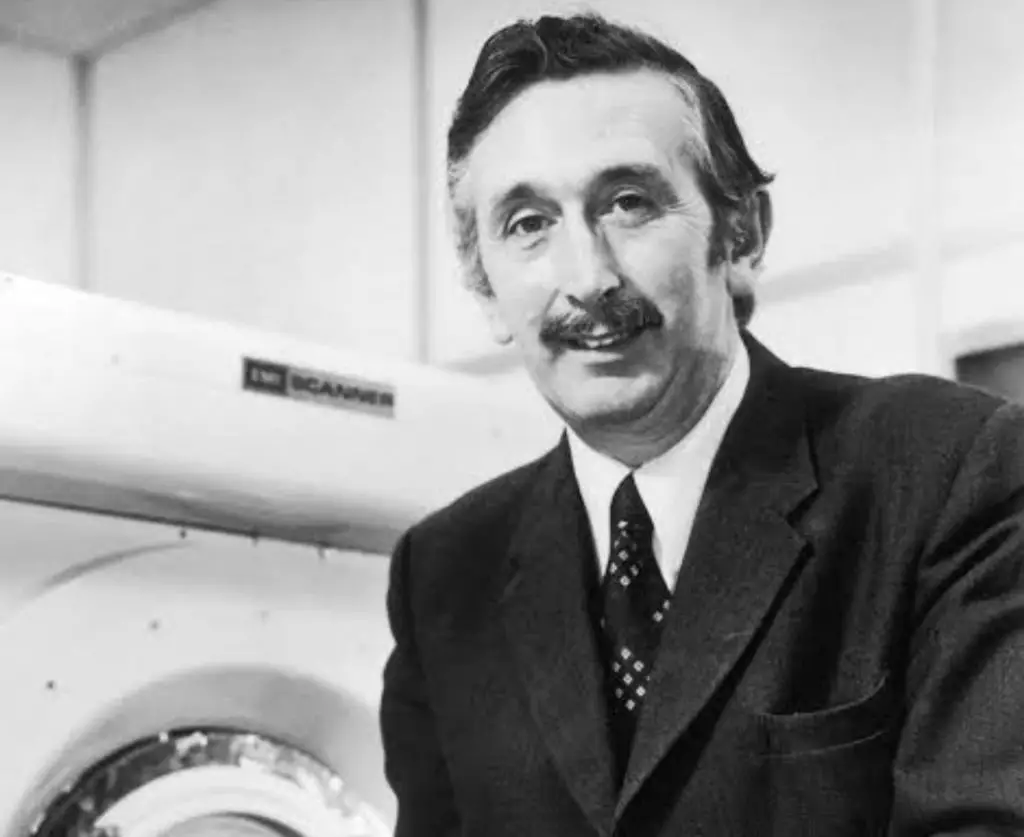
What makes Godfrey Hounsfield famous?
Godfrey Hounsfield was a British engineer who made his mark on the world of medical science. He is best known for his contribution to the development of the CT scan, an imaging technique that revolutionized medical diagnosis.
The Hounsfield scale, named after this scientist, measures radiodensity—how much radiation an object absorbs as it passes through an x-ray beam.
Hounsfield also jointly won the 1979 Nobel Prize in Physiology or Medicine with Allan Macleod Cormack for their path-breaking inventions.
[Source: The Nobel Prize]
#23. Claude Beck ( 1894-1971): The Man Who Performed The First Cardiac Resuscitation
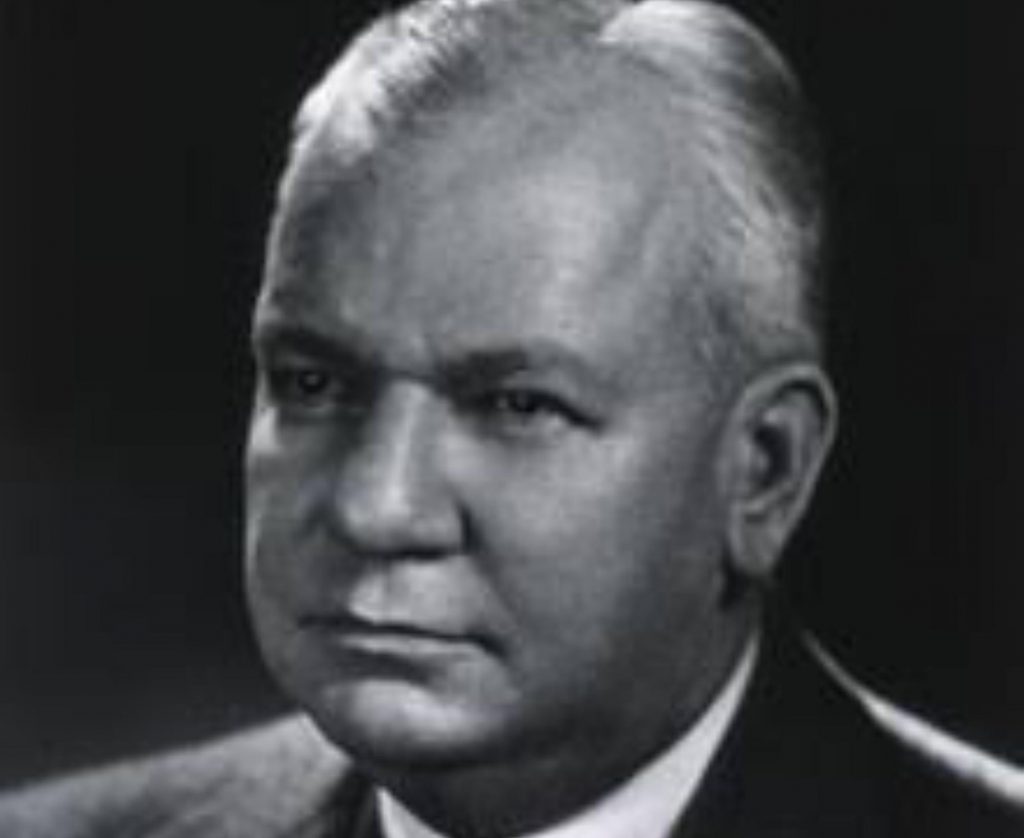
What makes Claude Beck famous?
Claude Beck was an American cardiac surgeon who discovered a technique for restoring blood circulation to the heart. He is best known for being the first person to perform defibrillation.
Beck had a background in cardiology, but he was not especially well-known until 1947, when he discovered that a powerful electric shock could be used as a treatment for ventricular fibrillation. Then, he became one of the most important figures in cardiology history.
Beck spent his career in hospitals and universities, where he made significant contributions to the field of cardiac surgery. He established himself as an expert in his field by coming up with new techniques that helped increase patient survival rates after heart attacks.
[Source: Wikipedia]
Similar Articles:
- 18 Famous Soil Scientists That You Should Know
- 20+ Famous British Scientists That You Should Know
- 15 Famous Irish Scientists That You Should Know
#22. Robert Jarvik (1946-Present): The Co-Developer of Jarvik-7 Heart
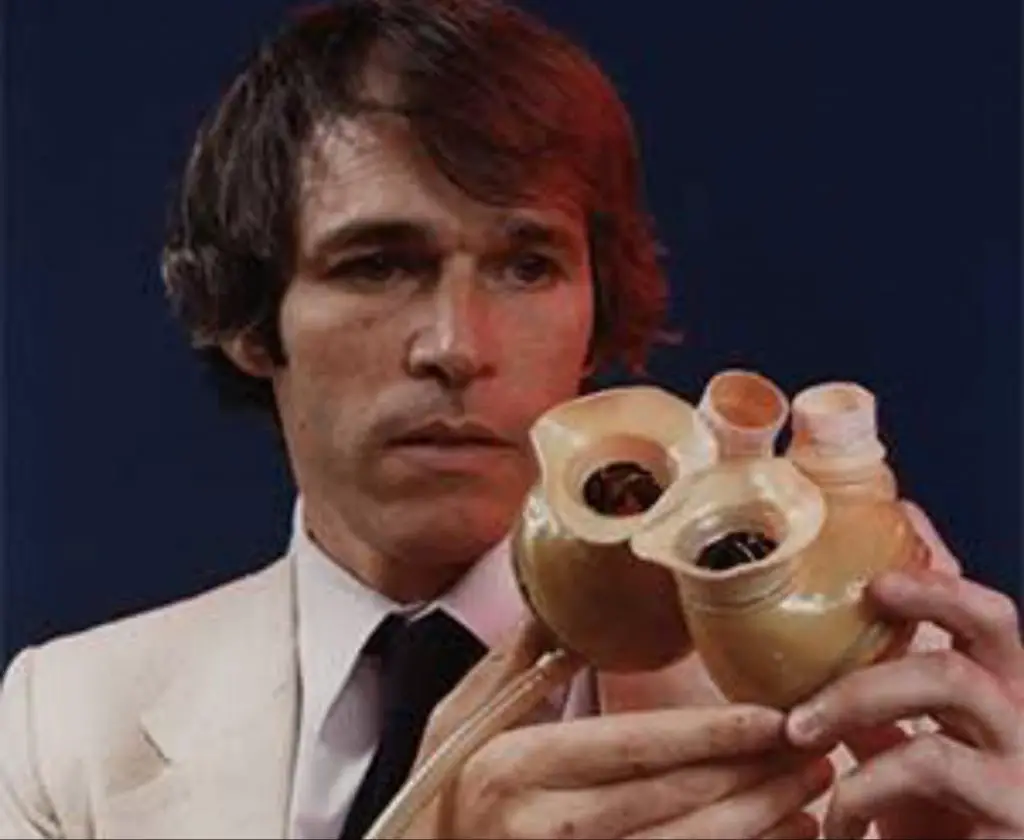
What makes Robert Jarvik famous?
Robert Jarvik is an American scientist who co-developed the first artificial heart, the Jarvik-7.
Many have heard of artificial hearts—a staple of science fiction and popular culture. But what exactly do they mean?
An artificial heart is a device that can replace the function of your own heart when it’s not working well enough to keep you alive. This means that if you have problems with your heart, an artificial one can help keep you alive.
Jarvik-7 was the first successful artificial heart that scientists implanted into a human. Robert Jarvik and William DeVries designed it to act as a bridge to transplantation.
This means it allowed patients who had become too sick to survive without a transplant to live long enough for one to be carried out. In this way, it increased their chances of survival significantly.
Jarvik’s work also led to improvements in other medical technologies, such as internal pacemakers and ventricular assist devices (VAD).
[Source: Encyclopedia.com]
#21. David S. Sheridan ( 1908-2004): The Catheter King
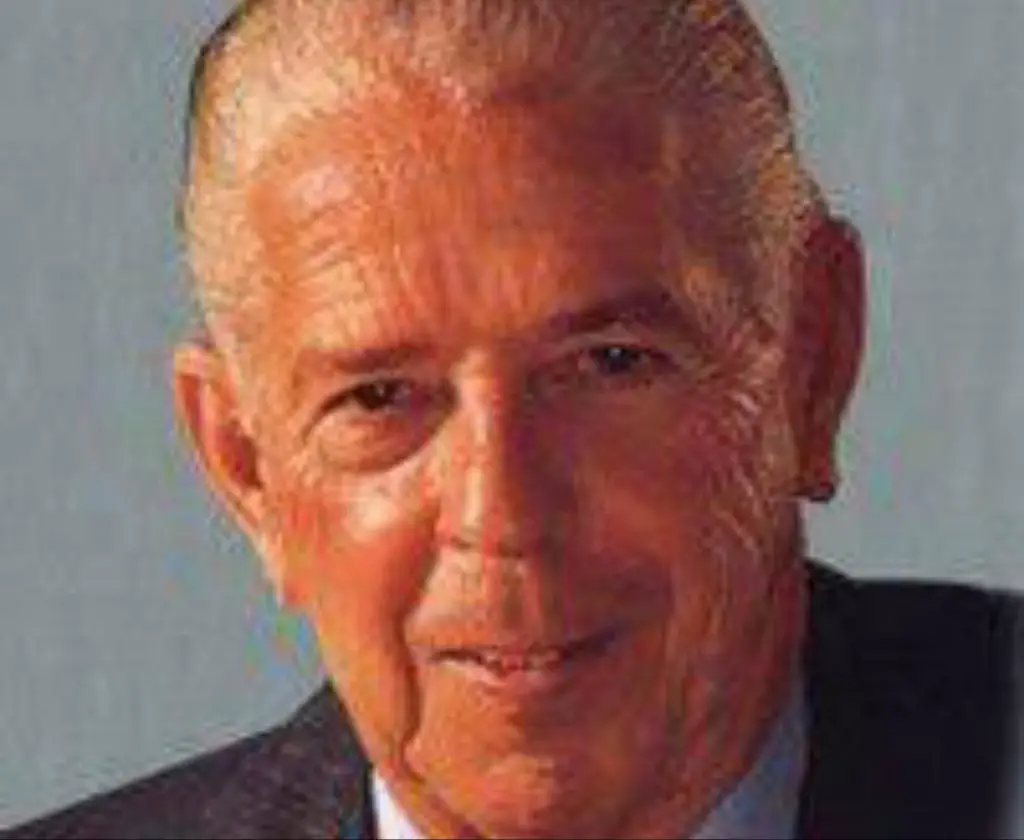
What makes David S. Sheridan famous?
David S. Sheridan was an American scientist who invented more than 50 medical instruments.
He is best known for revolutionizing catheterization, which involves the insertion of a tube into a vein or artery to collect blood samples or deliver fluids and medication.
Sheridan’s catheter was disposable and easier to use compared to earlier ones. His innovations allowed doctors to treat patients without exposing themselves or their patients to infection.
[Source: Bionity. Com]
#20. Ambroise Paré (1510-1590): A Pioneer in Battlefield Medicine
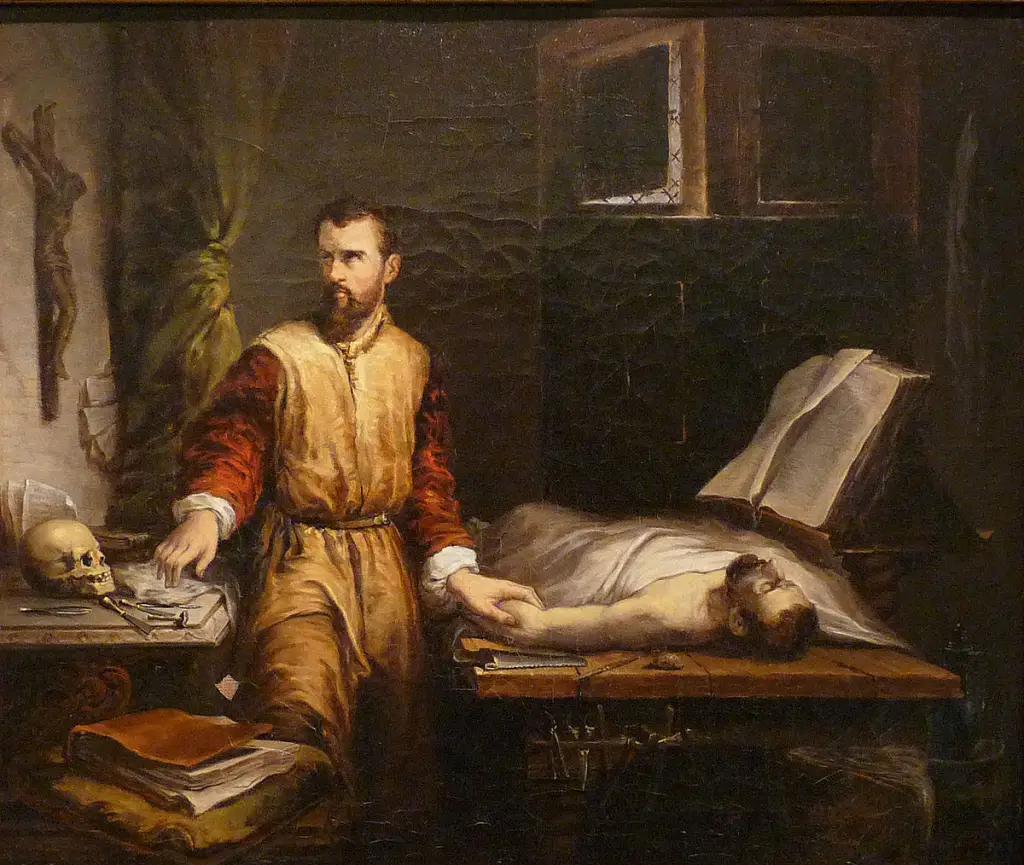
What makes Ambroise Paré famous?
Ambroise Paré was a French barber surgeon who made a name for himself as the best battlefield doctor of his time.
Paré lived through a lot of history. But his work on the battlefield earned him his reputation as one of the most advanced surgeons of his day.
As a surgeon, he knew what it meant to be on the front lines of medicine. He treated wounds using modern methods, including bandaging and removing bullets from soldiers’ bodies.
One of Paré’s most notable contributions to medicine was an invention called “the dressing.” He used these dressings made from linen bandages soaked in water or wine to treat injuries—a practice still used today.
[Source: Encyclopedia Britannica]
Similar Articles:
- 30+ Famous Life Scientists That You Should Know
- 16 Famous Korean Scientists That You Should Know
- 16 Famous Shark Scientists That You Should Know
#19. Herman Boerhaave (1668-1738): The Dutch Who Hippocrates

What makes Herman Boerhaave famous?
Herman Boerhaave was a Dutch scientist who revolutionized the field of clinical medicine.
He was born in 1668 and lived until 1738, during which time he made numerous contributions to the study of medicine.
Boerhaave is famous for introducing the thermometer to clinical medicine. He is also widely recognized for performing path-breaking experiments, including the isolation of urea from urine samples.
Boerhaave’s most important contribution was his belief that physicians should learn from “bedside teaching.” He encouraged his students to observe patients directly rather than just rely on texts about their symptoms or anatomy.
[Source: Encyclopedia Britannica]
#18. Rita Levi-Montalcini (1909-2012): The Person Who Discovered The Nerve Growth Factor
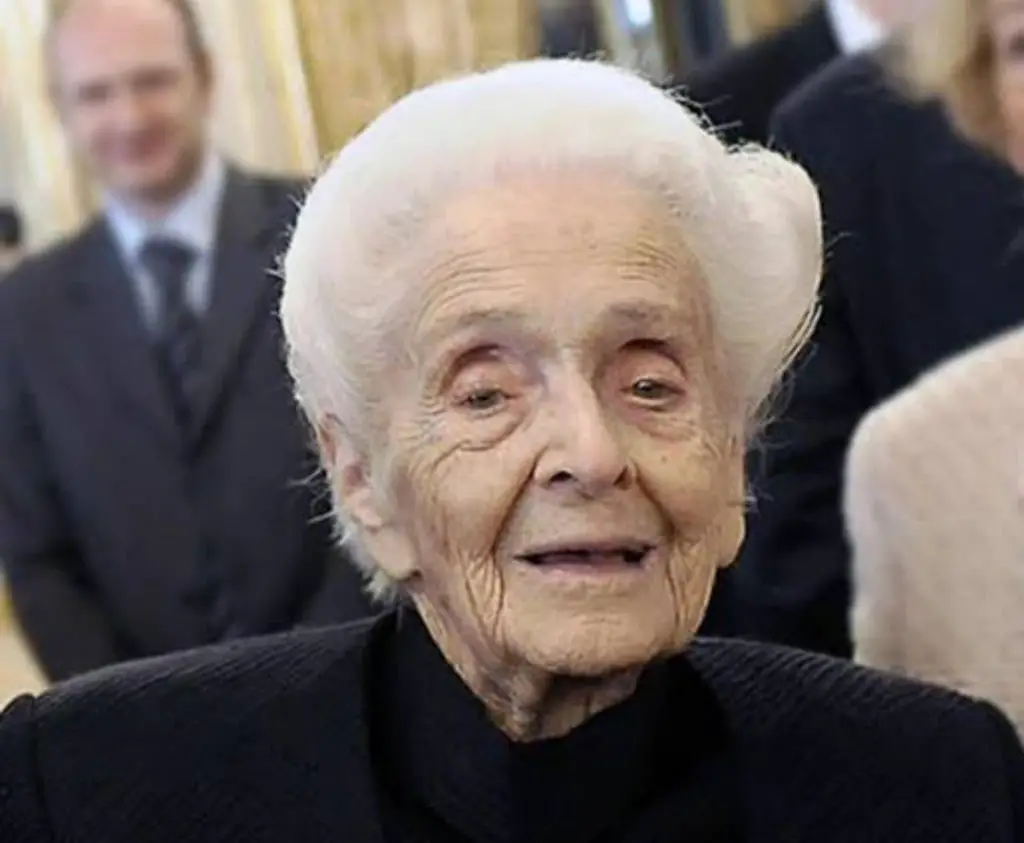
What makes Rita Levi-Montalcini famous?
Rita Levi-Montalcini was a Nobel prize-winning Italian neuroscientist. She was born in Turin, Italy, to a Jewish family.
Although she received her medical degree from the University of Turin, Benito Mussolini’s Manifesto of Race cut short her academic career.
During World War II, Levi-Montalcini studied nerve cells in a private lab in her bedroom. Her most famous research came about when she discovered nerve growth factor (NGF) in chicken embryos.
For her achievements, Rita Levi-Montalcini became a Senator for Life in 2001 when Carlo Azeglio Ciampi, the then president of Italy, appointed her to the senate.
In 1986, she won the Nobel Prize in Physiology or Medicine with Stanley Cohen for their contributions to the discovery of NGF ( nerve growth factor).
What’s the best Rita Levi-Montalcini quote?
“If I die tomorrow or in a year, it is the same —it is the message you leave behind you that counts.”
[Sources: The Nobel Prize, Annual Reviews with Rita Levi-Montalcini]
#17. René Laennec (1781-1826): The Inventor of Stethoscope
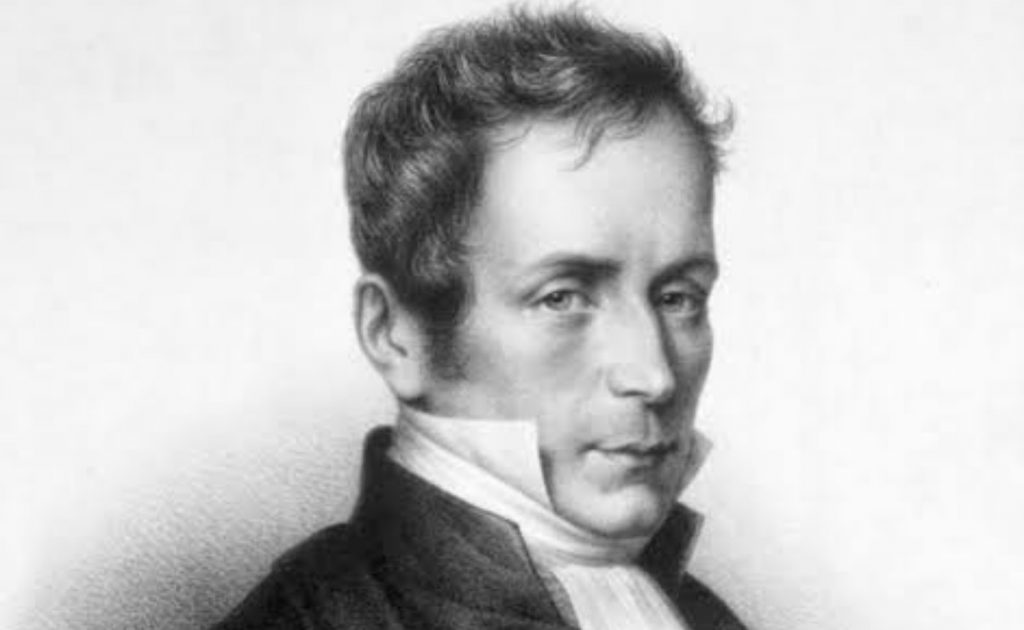
What makes René Laennec famous?
Ever wondered about the person who invented the stethoscope? Meet Rene Laennec, the French musician and physician skilled at making wooden flutes. He is best known for designing a stethoscope that is useful in diagnosing several chest conditions.
Laennec was born in Quimper, France, on February 17, 1781. His mother succumbed to tuberculosis when he was only six years old.
René Laennec also died of tuberculosis at 45, ending a successful career in art and science.
[Source: Encyclopedia Britannica]
#16. William Morton (1819-1868): The First Person To Use Ether as Anesthesia
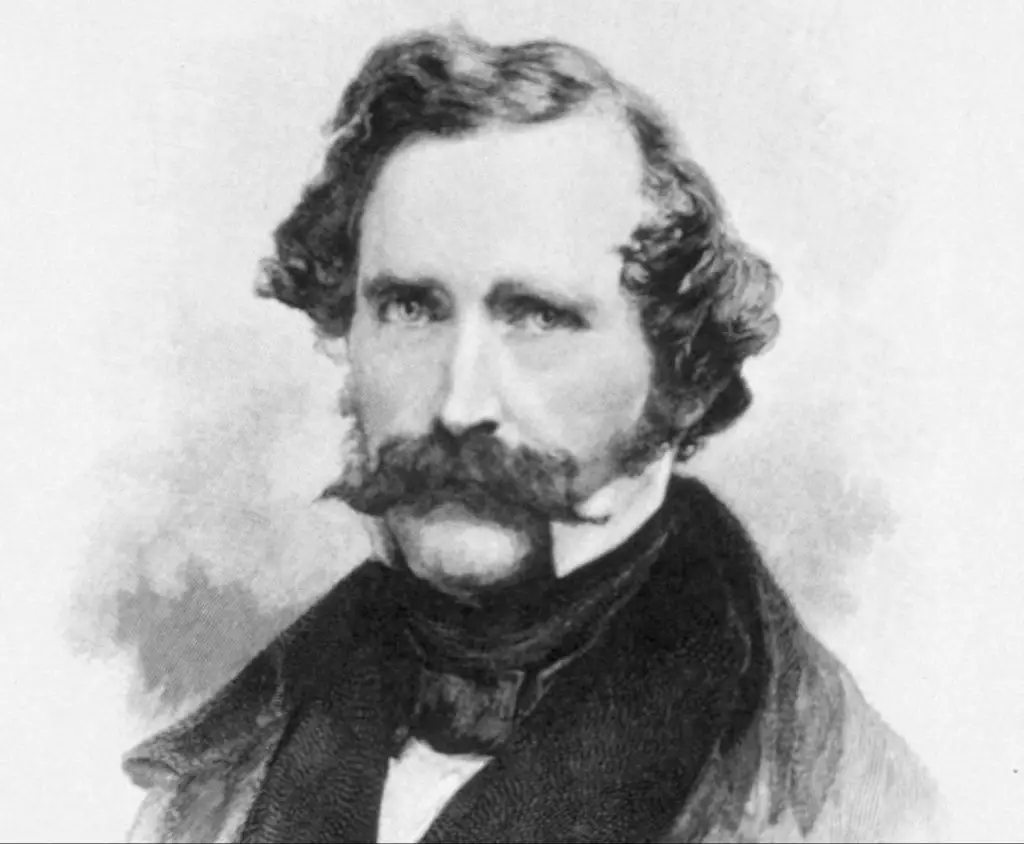
What makes William Morton famous?
William Morton was an American physician who is best known for introducing and demonstrating how to use ether as an antiseptic during surgical procedures.
Morton became interested in using ether as an anesthetic during surgery. At that time, anesthesia was not widely used in surgical procedures because it was considered too dangerous.
However, Morton believed that if the gas could be appropriately administered, it would allow surgeons to perform surgeries without causing pain or long-term damage to their patients’ bodies.
Morton set up a demonstration of this technique at Massachusetts General Hospital on October 16th, 1846. In attendance were prominent doctors, including John Collins Warren.
The demonstration was successful. The patients woke up from surgeries without any serious complications or side effects from being administered anesthesia by Morton’s method.
[Source: Encyclopedia Britannica]
#15. Christiaan Barnard (1922-2001): The First Person To Perform a Human to Human Heart Transplant
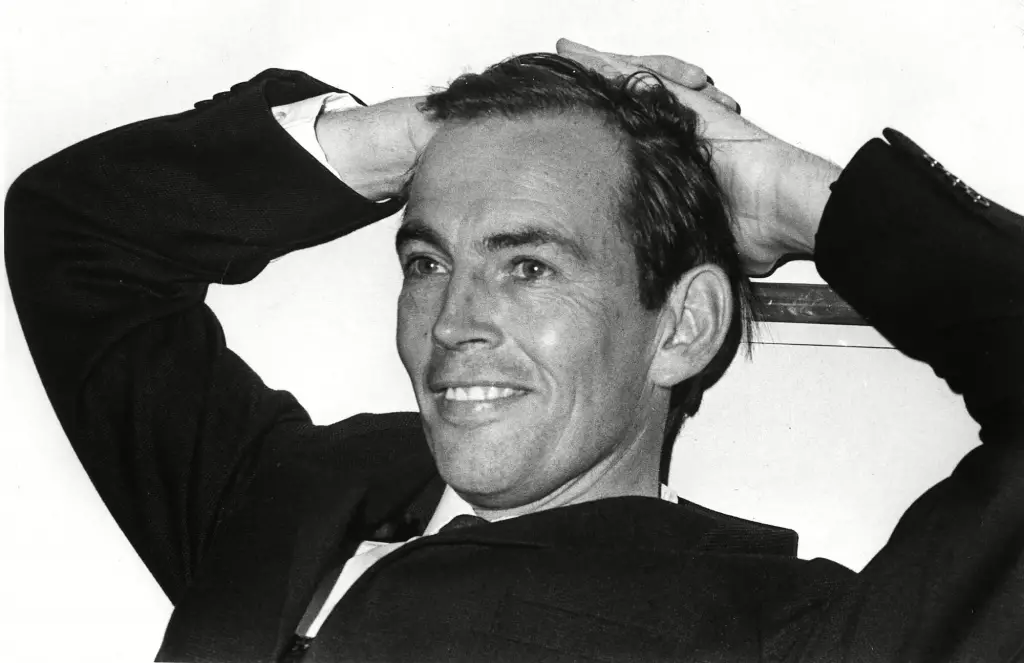
What makes Christiaan Barnard famous?
Christiaan Barnard was one of the most famous cardiac surgeons in history. He is best known as the person who successfully transplanted a human heart into another person.
Barnard was born in South Africa and raised in a small town called Beaufort West.
In 1967, Dr. Barnard performed his first heart transplant on Louis Washkansky. Unfortunately, Mr. Washkansky died 18 days later due to complications related to the surgery. However, the second patient that Dr. Barnard operated on—Philip Blaiberg—lived for one year after receiving his new heart!
[Source: National Library of Medicine]
#14. Tu YouYou 屠呦呦 (1930-present): The Pioneer in The Fight Against Malaria

What makes Tu Youyou famous?
The Chinese medical laboratory scientist, Tu Youyou, has made enormous contributions to the development of malaria research.
She discovered artemisinin and dihydroartemisinin. Her discovery has saved millions of lives over the past decade.
Tu Youyou won the Lasker Award in 2011, becoming the first Chinese to do so. She also shared the 2015 Nobel Prize in Physiology or Medicine with Satoshi Ōmura and William C. Campbell.
What’s the best Tu Youyou quote?
” Every scientist dreams of doing something that can help the world.”
[Source: The Nobel Prize]
#13. Walter Reed (1851-1902): The American Scientist Who Confirmed That Some Mosquito Species Transmit Yellow Fever
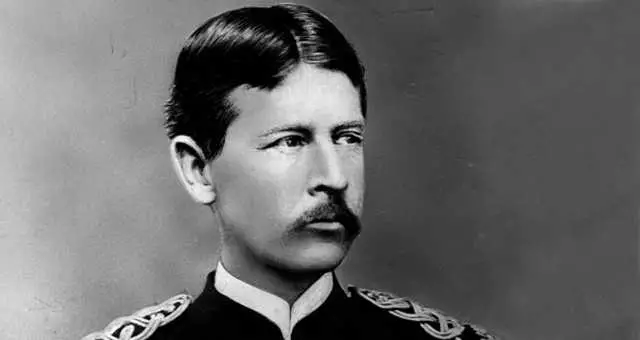
What makes Walter Reed famous?
In addition to being an American scientist who served in the US Army as a physician, Walter Reed also once found himself in charge of a massive experiment on yellow fever.
This experiment would confirm Carlos Finlay’s findings on the transmission of this deadly disease.
Reed was born in Virginia on September 13, 1851. He attended medical school at New York University, graduating with his medical degree in 1870.
In time, Reed became interested in tropical medicine and ways to prevent diseases like yellow fever from spreading through populations.
His team conducted several experiments over several months, leading him to believe that mosquitoes were responsible for transmitting yellow fever from person to person.
[Source: Encyclopedia Britannica]
#12. William Harvey (1578-1657): The Father of Systemic Circulation of Blood

What makes William Harvey famous?
William Harvey is best known for his comprehensive description of blood flow from the heart. His work revolutionized anatomy and physiology as well as medical laboratory science.
Harvey was an English physician who studied at the University of Padua and later took up a medical practice. He was interested in the relationship between veins and arteries. This led him to investigate blood circulation.
After years of research, he concluded that blood did circulate in the body but not in one direction, as had previously been believed.
His book De Motu Cordis (Anatomical Account of the Circulation of the Heart and Blood) provided the first detailed information on systemic circulation.
[Source: Encyclopedia Britannica]
#11. Edward Jenner (1749-1823): The Father of Immunology
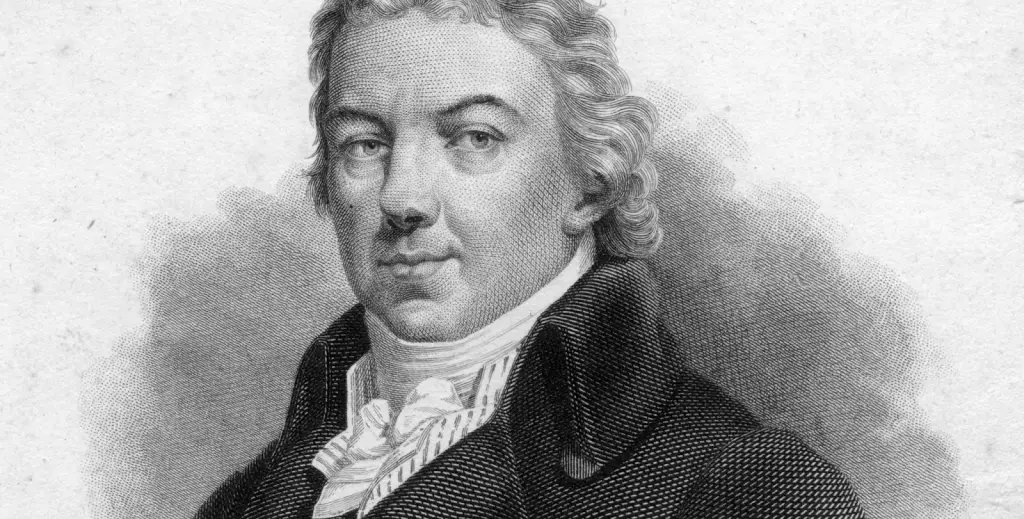
What makes Edward Jenner famous?
The origin of the word “vaccination” is actually a bit of a mystery. Some say it comes from the Latin word Vacca, which means “cow.” This term was used by people who vaccinated their cows to protect them from disease.
Edward Jenner was a British medical laboratory scientist known for his contributions to this field. His work on the smallpox vaccine pioneered vaccination as an effective way to prevent disease. This led to widespread adoption across Europe and South America during his lifetime.
His work also paved the way for other developments in immunology, like vaccines against measles, diphtheria, tetanus, yellow fever, and influenza.
[Source: Encyclopedia Britannica]
#10. Robert Koch (1843-1910): The Father of Modern Bacteriology
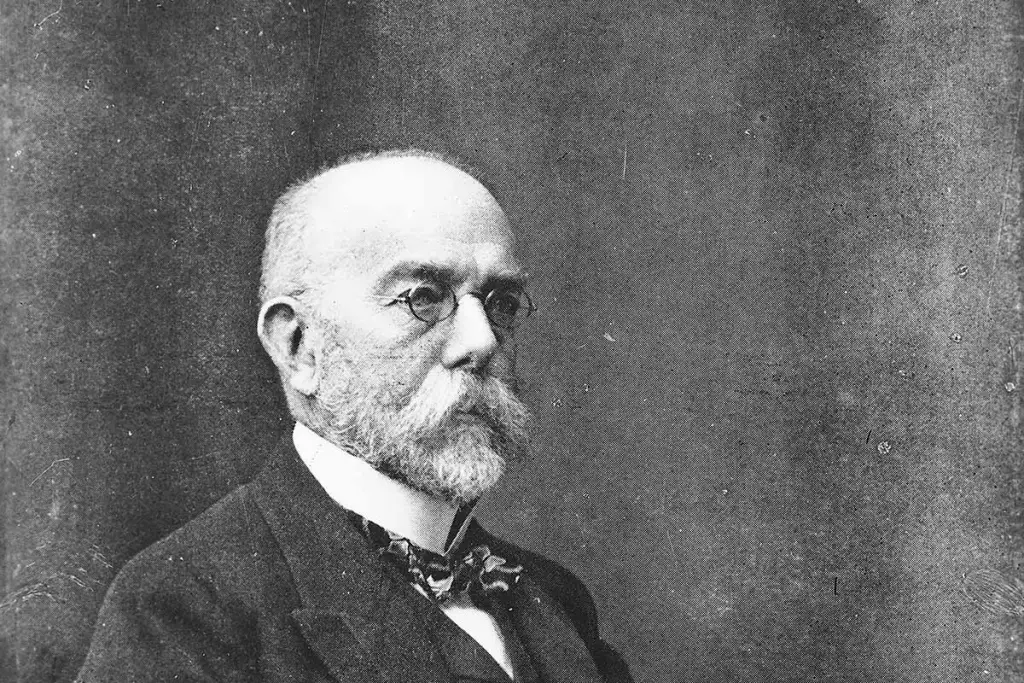
What makes Robert Koch famous?
One of the most prominent German physicians to ever live, Robert Koch, pioneered medical bacteriology. He earned the coveted Nobel Prize in Physiology or Medicine in 1905 for his contributions.
It was Koch’s work with anthrax that made him famous. He demonstrated that this disease is caused by a rod-shaped bacterium called Bacillus anthracis.
Koch also discovered the causative agent of tuberculosis: Mycobacterium tuberculosis. Finally, he proved that Vibrio cholerae bacteria causes cholera.
His discovery of these three diseases led him to develop his own method for growing bacteria in laboratory cultures. This technique enabled him to prove that germs cause many diseases.
[Source: The Nobel Prize]
#9. Antonie Van Leeuwenhoek (1632-1723): Father of Clinical Microbiology

What makes Antonie Van Leeuwenhoek famous?
Antonie van Leeuwenhoek was a Dutch scientist who became famous for his discoveries about microscopic creatures that had never been seen before. He didn’t undergo medical laboratory training, but his inventions remain popular in the medical field.
This scientist created a microscope which allowed him to discover protozoa and bacteria.
Leeuwenhoek was also a Calvinist who believed that God had given him power over nature, which meant that he could use his knowledge of the microscopic world to understand more about God’s creation.
[Source: Encyclopedia Britannica]
#8. Hans Christian Gram (1853-1938): The Father of Gram Stain Technique
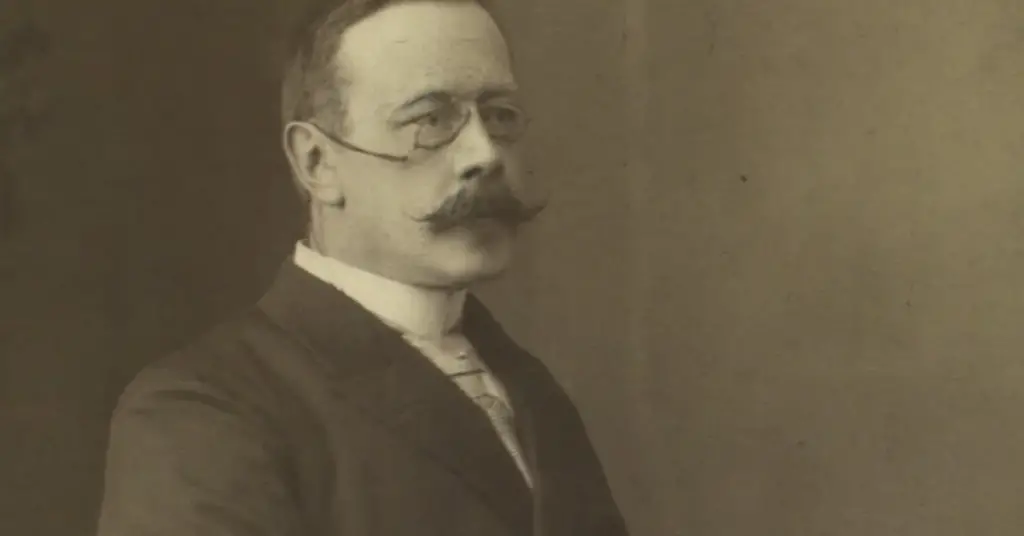
What makes Hans Christian Gram famous?
When you think of the history of microbiology, you probably picture a bunch of guys in lab coats and goggles. But did you know that a Danish bacteriologist named Hans Christian Gram made one of the most important discoveries in the field of clinical laboratory science?
Gram was born in 1853 and is best known as the person behind the invention of gram stain in microbiology. His process was revolutionary because it allowed doctors to study bacteria more efficiently, ultimately leading to better patient treatment options.
The Gram stain is so essential that it’s still used today, even though it’s over 100 years old.
[Source: Encyclopedia Britannica]
#7. Gertrude Belle Elion (1918-1999): The Lady Who Revolutionized Drug Development
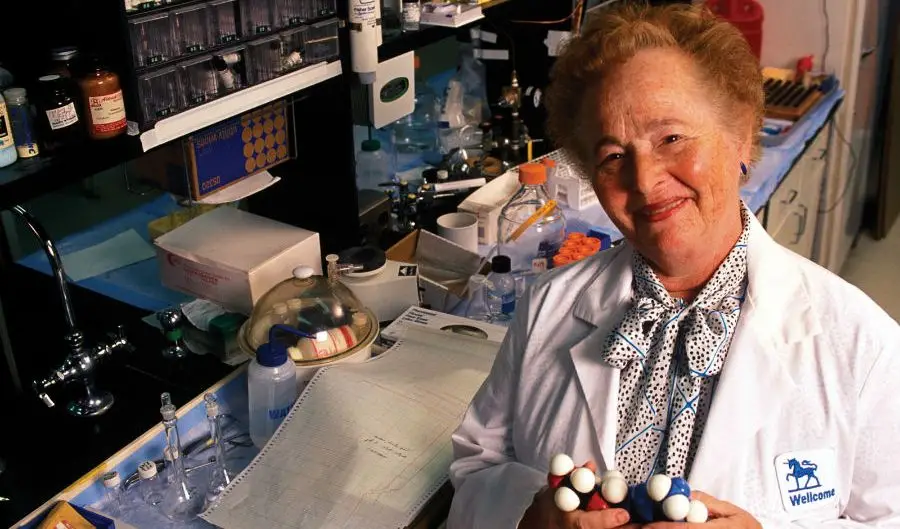
What makes Gertrude Belle Elion famous?
Gertrude Belle Elion was a truly remarkable woman. She was an American pharmacologist and biochemist who impacted medical technology.
Elion is known for her unique drug development method, which focuses on the user rather than trial and error. This technique opened doors for many other scientists to work with this technique.
Her work influenced the development of Zidovudine, one of the first antiretroviral drugs against AIDS. She also developed Aciclovir, which was an anti-herpes drug.
Elion received widespread recognition for her discoveries in drug development when she found a cure for childhood leukemia.
Her work earned her the Nobel Prize in Physiology or Medicine. She shared this award with James Balck and George H. Hitchings in 1988.
[Source: The Nobel Prize]
#6. Frederick Banting (1891-1941): The Co-Discoverer of Insulin

What makes Frederick Banting famous?
Frederick Banting is most commonly known for his work on the discovery of insulin and its benefits, which earned him a Nobel Prize in 1923. At the time, he was only 32 years old, making him the youngest person ever to be awarded the Nobel Prize in this category.
Banting’s research had been inspired by several scientific papers that he read. He realized that the world needed insulin to save lives. And this is what his research focused on.
Banting was born on November 14, 1891, in Ontario, Canada. He attended the University of Toronto, where he graduated with a medical degree.
[Source: The Nobel Prize ]
#5. Jonas Salk (1914-1995): The Scientist Who Conquered Polio

What makes Jonas Salk famous?
Jonas Salk was born in New York City. He studied clinical chemistry and medicine. Today, Salk is known for his research, particularly on the polio virus.
In 1952, Jonas realized that clinical laboratory scientists could prevent polio by vaccinating patients with an inactivated form of the virus. This discovery led to the development of what became known as Salk’s vaccine. This was one of the first poliovirus vaccines ever developed.
The Salk vaccine proved safe and effective against polio and revolutionized how we protect ourselves from the disease today.
What’s the best Jonas Salk quote?
“There is hope in dreams, imagination, and in the courage of those who wish to make those dreams a reality.”
[Source: Encyclopedia Britannica]
#4. Paul Ehrlich (1854-1915): The Discoverer of Syphilis Treatment
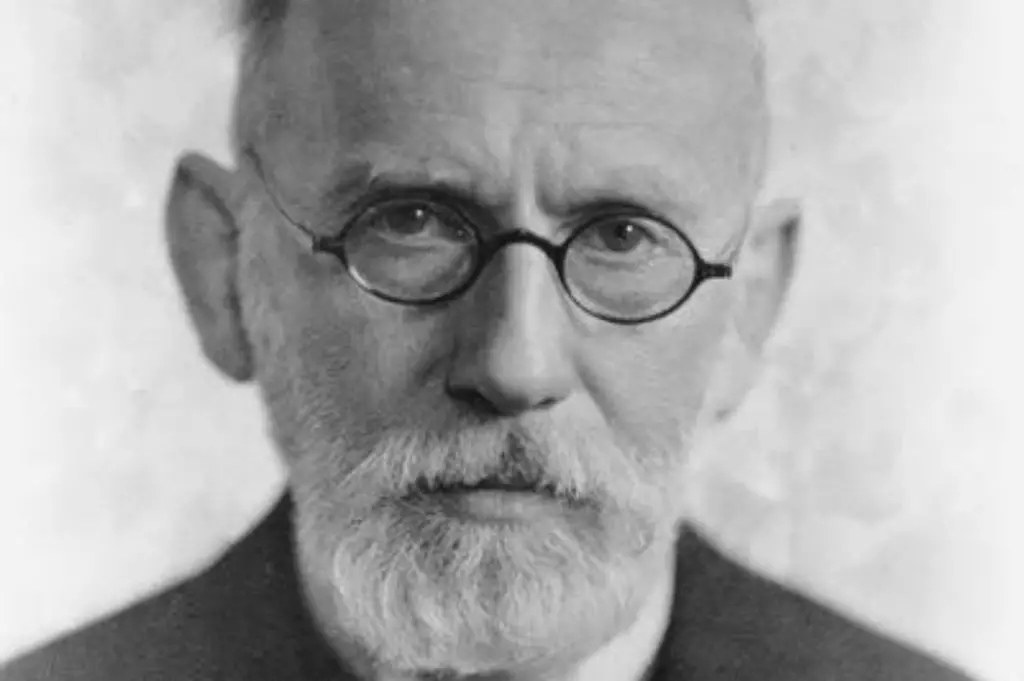
What makes Paul Ehrlich famous?
Paul Ehrlich was a German physician. He is notable for his research on antimicrobial chemotherapy, immunology, and hematology.
In 1909, Ehrlich discovered that treating syphilis with arsphenamine could cure it. This treatment was so effective that even when patients went untreated for years, they would still be cured if they received treatment after being treated for syphilis.
He also made major contributions to staining techniques, making it possible for each clinical laboratory scientist to diagnose diseases like cancer and leukemia more accurately than ever before.
As part of his work, Ehrlich formed and popularized his concept of a magic bullet. He believed medical doctors could kill the disease-causing microbes without harming the patient’s body.
Paul Ehrlich received the Nobel Prize in Physiology or Medicine in 1908 for his research, which has taken medicine to the next level in treating and diagnosing diseases.
[Source: The Nobel Prize ]
#3. Louis Pasteur (1822-1895): The Father of Microbiology Who Saved Millions of Lives

What makes Louis Pasteur famous?
Louis Pasteur was an expert in medical laboratory sciences. He is known for his work on microbial fermentation, pasteurization, and vaccination.
Pasteur’s most notable achievement was developing principles of microbial fermentation, which still help in disease prevention. He also created a vaccine for rabies that has saved millions of lives worldwide.
Pasteur also disproved Aristotle’s theory of spontaneous generation by showing that germs were responsible for disease rather than the idea that germs could arise from non-living matter.
What’s the best Louis Pasteur quote?
“Science knows no country, because knowledge belongs to humanity, and is the torch which illuminates the world.”
[Source: Encyclopedia Britannica]
#2. Joseph Lister (1827-1912): The Father of Modern Surgery
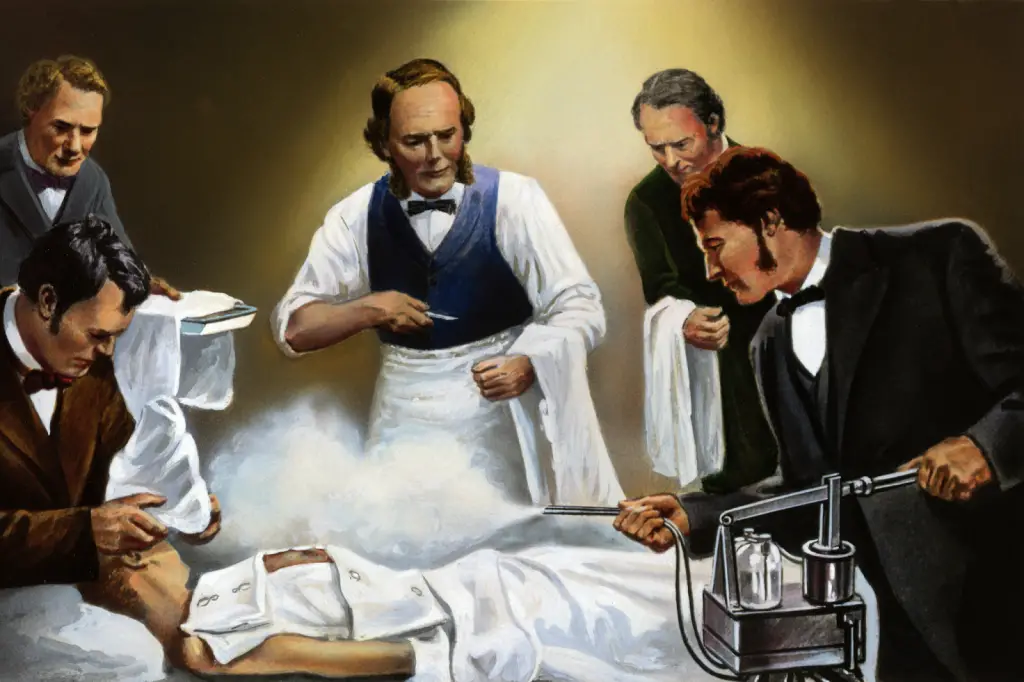
What makes Joseph Lister famous?
Joseph Lister wasn’t just a great surgeon—he was also a member of the Christian Science church.
Born in 1827, Lister grew up in West Ham, a small town east of London. He went on to become one of Britain’s most celebrated surgeons. His lasting legacy includes his work on sterilizing surgical equipment.
He also contributed to the invention of the antiseptic paste known as carbolic acid (which is still used today as phenol).
Lister’s greatest legacy, however, may be his contribution to the field of surgery. He was the first medical scientist to use germ theory during surgery. In other words: he discovered how germs cause disease and used this knowledge to help prevent it.
[Source: National Library of Medicine]
#1. Karl Landsteiner (1868-1943): The Father of Blood Transfusion

What makes Karl Landsteiner famous?
The Austrian-born physician is best known for discovering the polio virus alongside Erwin Popper. This has saved millions of lives globally.
Landsteiner also worked with Alexander S. Wiener on the rhesus factor, which helps determine whether or not someone’s blood type can be used for transfusions. This was another important discovery that saved countless lives.
Thanks to Karl Landsteiner’s research on agglutinins, medical scientists can now classify blood into different groups. He received the Nobel Prize in Physiology or Medicine in 1930 for his contributions to biology and medicine.
[Source: The Nobel Prize]
Final Thoughts
Medical laboratory scientists have changed the world in unimaginable ways, and they continue to do so today. From discovering new diseases to developing groundbreaking treatments and procedures, these individuals have been at the forefront of every major advancement in medicine and science.
We hope you enjoyed this brief look at the fascinating lives of some of history’s most notable medical laboratory scientists.

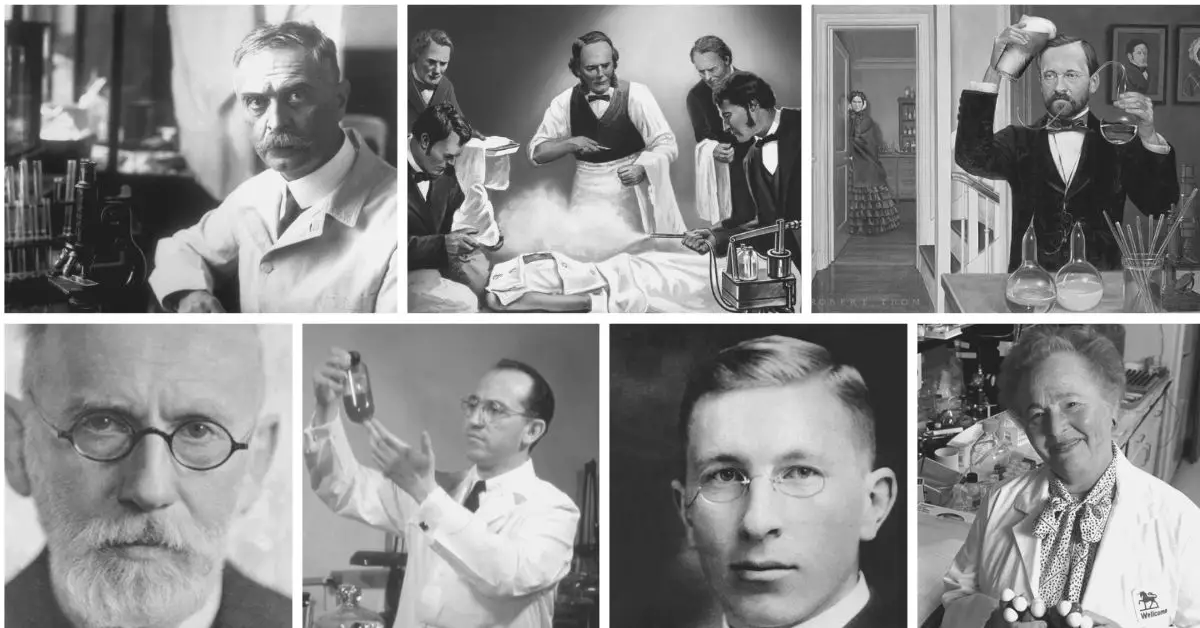

This is really impressive it has helped to inform one about the development of science and its discoveries….
The article is really an educative source to read and learn about the uniqueness of lab science
Thank you for taking the time to write such a positive feedback 🙂